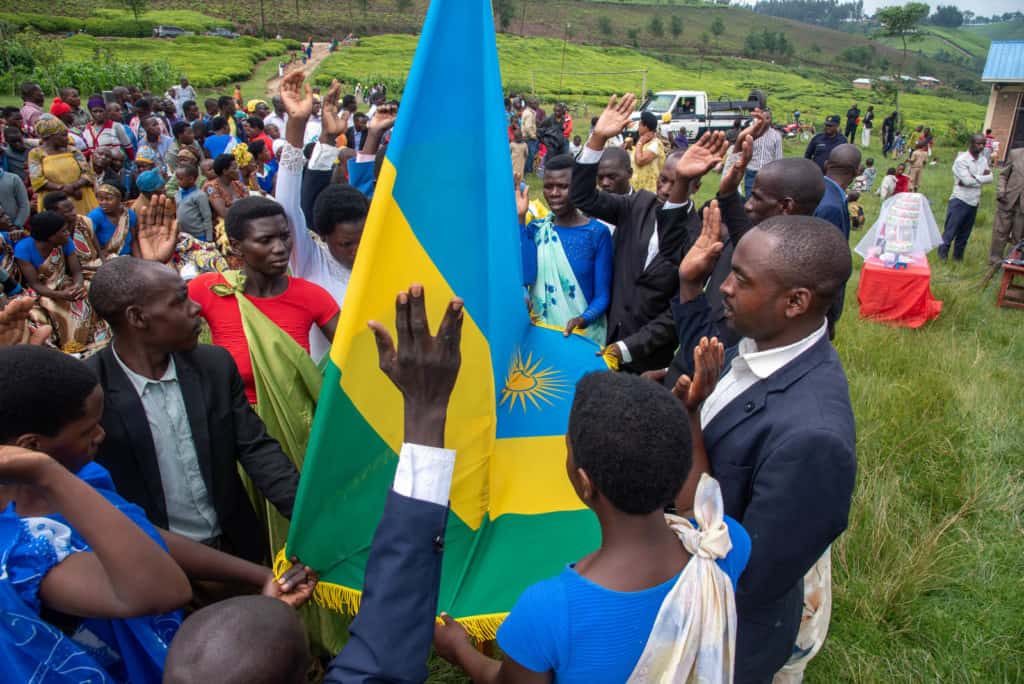
Rwanda is a stunning landlocked country found in East Africa. Known as the “Land of a Thousand Hills,” Rwanda boasts towering peaks and volcanos like Mount Karisimbi (14,787 feet), where mountain gorillas live. Rwanda is also home to Lake Kivu, one of Africa’s great lakes, and the lush Akagera and Nyungwe national parks.
Alongside the breathtaking natural beauty of Rwanda, there is also extreme food insecurity and high levels of child labor. While the challenges of poverty are prevalent, today we would like to celebrate the amazing cultures and traditions of this country. Learn some interesting facts about Rwanda and the 99,430 Compassion-assisted children who live there.
Key Facts About Rwanda
Here are some quick, interesting facts you should know about Rwanda.
- Population: 12,712,431
- Capital: Kigali
- Official language: Kinyarwanda, French, English, Swahili and Kiswahili
- Area: 10,169 square miles — a little larger than Massachusetts
- Economy: Rwanda is a rural, agrarian country. Tourism, minerals, coffee and tea are all important industries for the economy, and the majority of the population works in agriculture.
Culture and Traditions of Rwanda
There is so much information to share about Rwanda! Here are some highlights.
Religion: The Rwandan constitution provides for freedom of religion; however, while the government generally respects this right in practice, it fails to prevent local authorities from abusing or restricting religious freedoms. About half the population identifies as Protestant, and over 40% of people identify as Catholic. The remaining people are Muslims or part of other religions or are nonreligious.
Clothing: Many Rwandans dress in clothing typical of Western countries like the United States. If you walked down a Rwandan city street, you might see jeans, T-shirts and dresses. In professional environments, Rwandan men wear dress shirts and dress pants and sometimes add a tie and suit jacket. Businesswomen may wear pants but often prefer a skirt or dress. The “mushanana” is a traditional piece of clothing in Rwanda. This formal garment is similar to the Indian sari and is shaped by draping a length of cloth over one shoulder and wrapping it around the waist.
General culture: Most Rwandans fall into one of three people groups: Hutu, Tutsi or Twa. The culture of Rwanda is varied, but unlike many countries in Africa, Rwanda has been a unified state since precolonial times. Etiquette is important, and guests are given the best seats, food and drink. Rwandans enjoy playing soccer (which they call football), basketball and volleyball.
Environmental Awareness: Rwanda is a world leader in environmental stewardship and cleanliness. In fact, since 2008 the country has banned all nonbiodegradable, single-use plastic bags and packaging materials. Rwandans now use only bags made from paper, cloth, banana leaves, papyrus and other biodegradable materials. Additionally, a mandatory nationwide community cleanup, known as “Umuganda,” is held on the last Saturday of every month from 8-11 a.m.
Music and Dance of Rwanda
Rwandans consider music and dance to be integral parts of life. Since ancient times, these traditional forms of art have played important roles in ceremonies, festivals, social gatherings and storytelling. Even today the fascinating dances and beautiful music help preserve Rwanda’s rich heritage.
In recent times, Rwanda has been the home of a growing popular music industry. The most listened to genres include hip-hop, rhythm and blues, reggae, pop, gospel and Afrobeat – pop music heavily influenced by African rhythms. Traditional Rwandan music can be distinguished from other African music by its use of 5/8 rhythm. Drums called “ingomas” and harps known as “inangas” are two common traditional instruments.
Inseparable from music is dance. Rwandan dance is always done collectively, with two main types – warlike dances and ordinary dances. “Intore,” which means “warrior,” is the most famous and oldest Rwandan dance. This choreographed routine is complex and consists of the “ballet,” which is performed by women using swift, graceful movements, and the “dance of heroes,” which is performed by men wearing grass wigs and carrying spears. Intore helps unify Rwandan ethnic groups and is celebrated by the Hutu, Tutsi and Twa.
Food and Drink of Rwanda
Although not heavily spiced, Rwandan food is flavorful and delicious. Staples include sweet potatoes, beans, corn, peas, millet, plantains, cassava and fruit. Here are some amazing dishes that will give you a “taste” of Rwandan cuisine!
Mandazi is a delicious Rwandan doughnut! This fried snack is a popular choice to serve with tea. Learn to make your own mandazi!
Brochettes are classic Rwandan foods you will find sold by street vendors. Marinated meat, fish and vegetables are placed on a skewer and roasted over a grill. Brochettes are considered Rwanda’s national dish and are often served with crispy potatoes and roasted bananas or a fresh salad.
Isombe is a meal you must try if you visit Rwanda! This traditional stew is made from a mix of vegetables including mashed cassava leaves, tomatoes, spinach, onion, bell peppers and eggplants. When seasoned with coriander, garlic and peanut butter, the smell of isombe will leave your mouth watering.
A Story From Rwanda: Weaving a Future
Sebastian is a 16-year-old young man who proved to his peers that weaving is not just for girls.
To provide students with a pathway for the future, Sebastian’s Compassion center offers teenagers and young adults vocational training. Sebastian selected the vocation of weaving and quickly learned the steps to make beautiful reusable bags from plastic fibers.
Staff noticed Sebastian’s skills and enlisted him as a student trainer, paying him to teach the other youths the weaving techniques. Sebastian’s teaching payment and the sales from his creations help to support his family. However, a portion is also saved for the future and could help him to attend university.
Teaching has developed Sebastian’s self-assurance and social skills. “Training how to weave has improved my confidence and interaction with people. I’m always happy when my peers listen to me and when I answer their questions very well, they have a special respect for me,” he says, laughing.
Sebastian not only teaches the children at the Compassion center but has also passed on the skill of weaving to his mother and neighbors in the community.
Stitch by stich, Sebastian is weaving together a different future: one full of color, potential and hope.
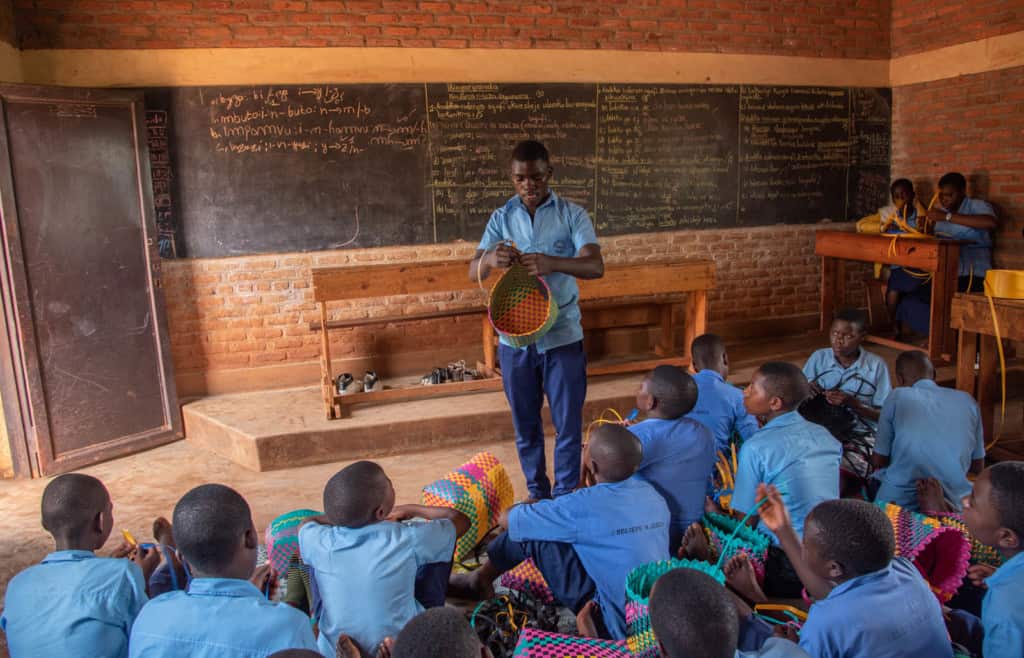
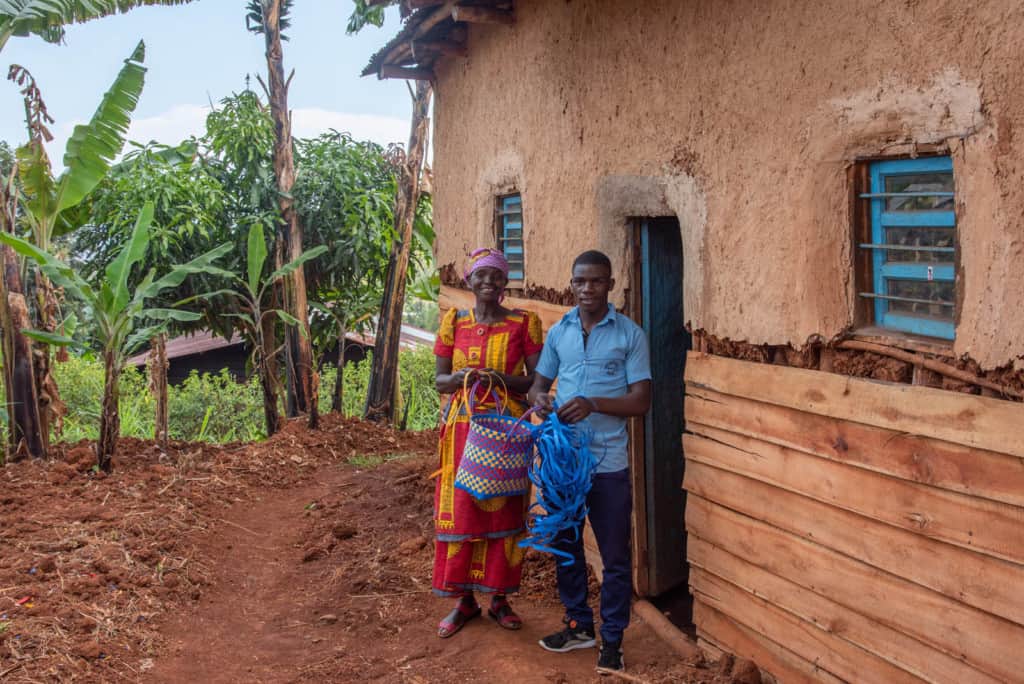
BONUS: Fun Fact About Rwanda
Over 60% of Rwanda’s parliament is composed of women, making it the world’s highest representation of women in a country’s government.
Photos of What Daily Life is Like in Rwanda
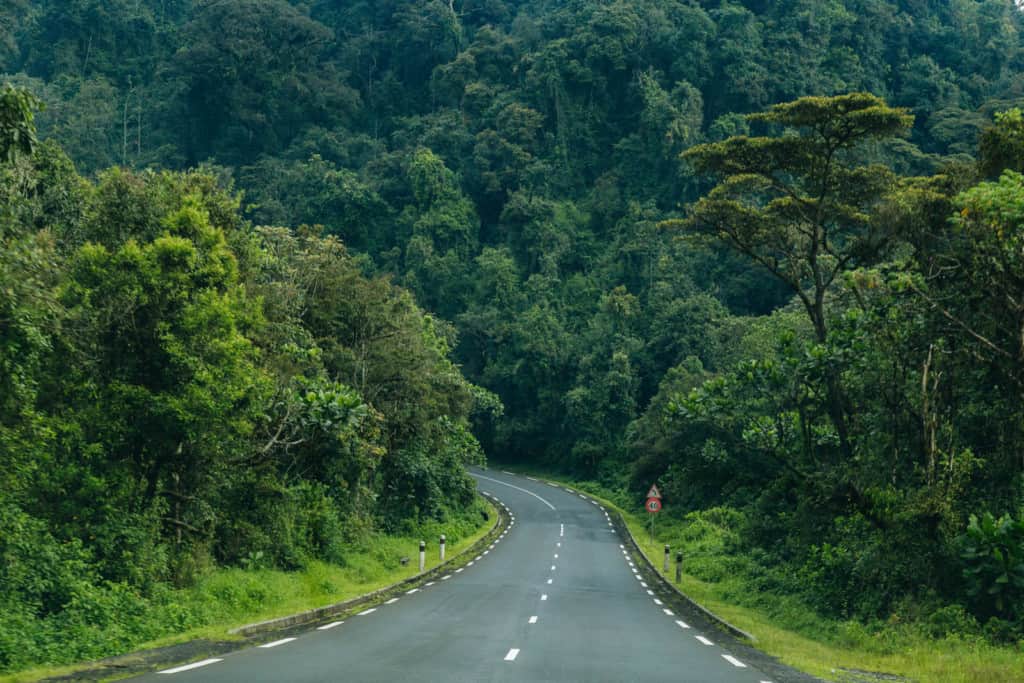
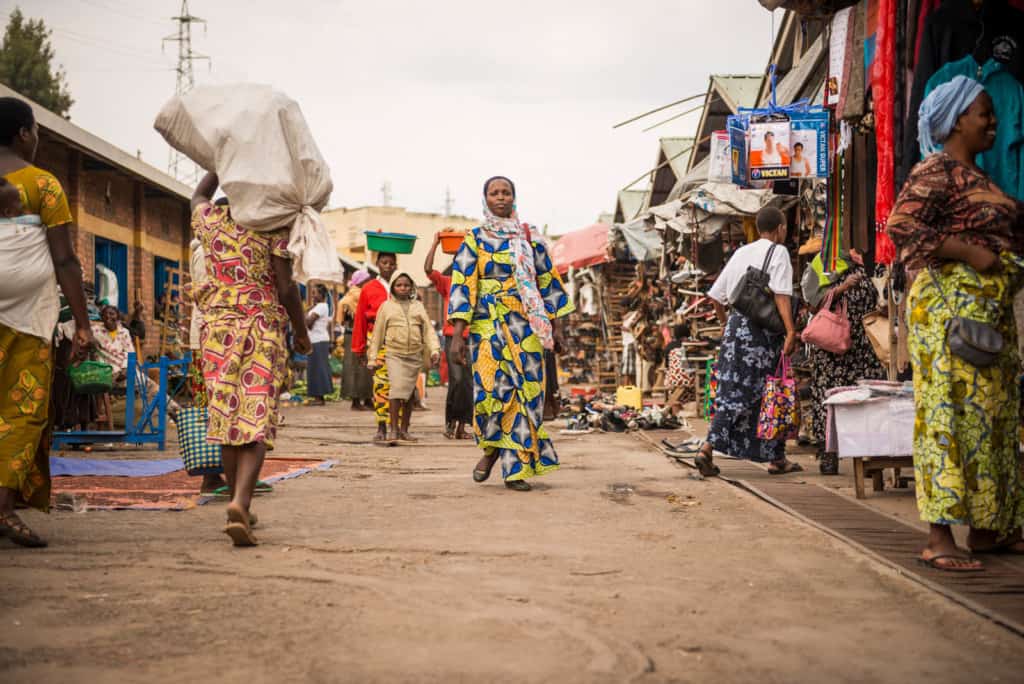
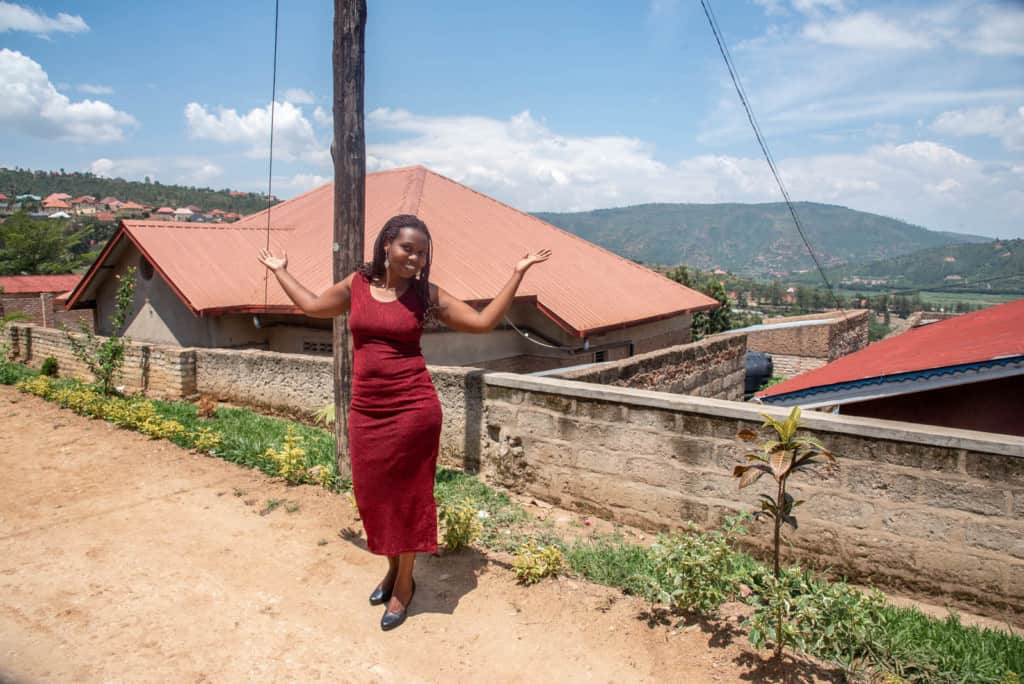
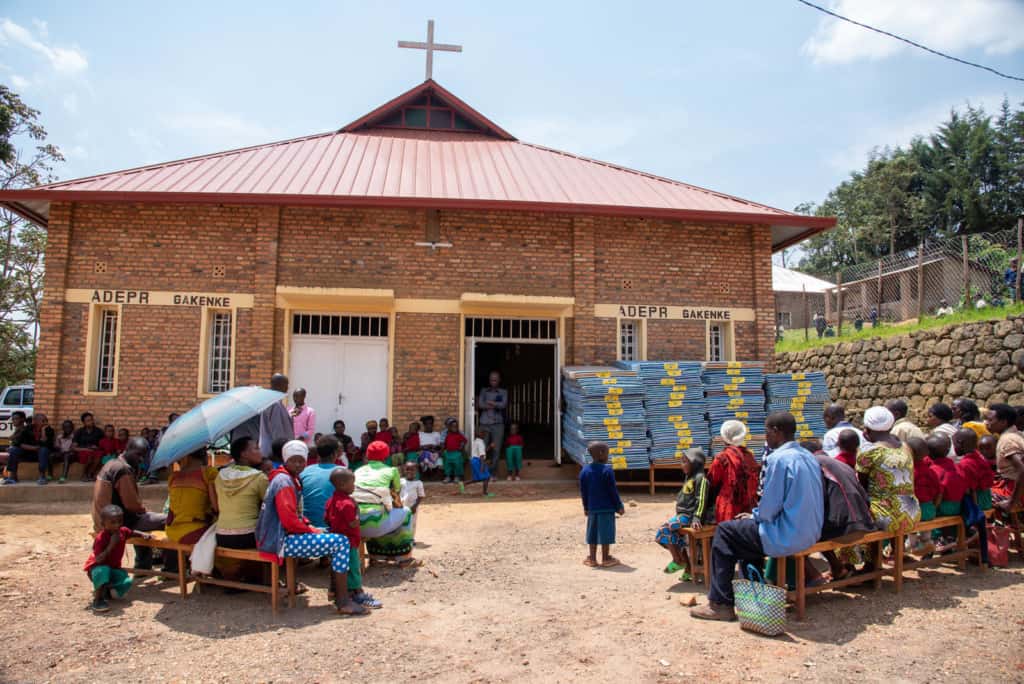
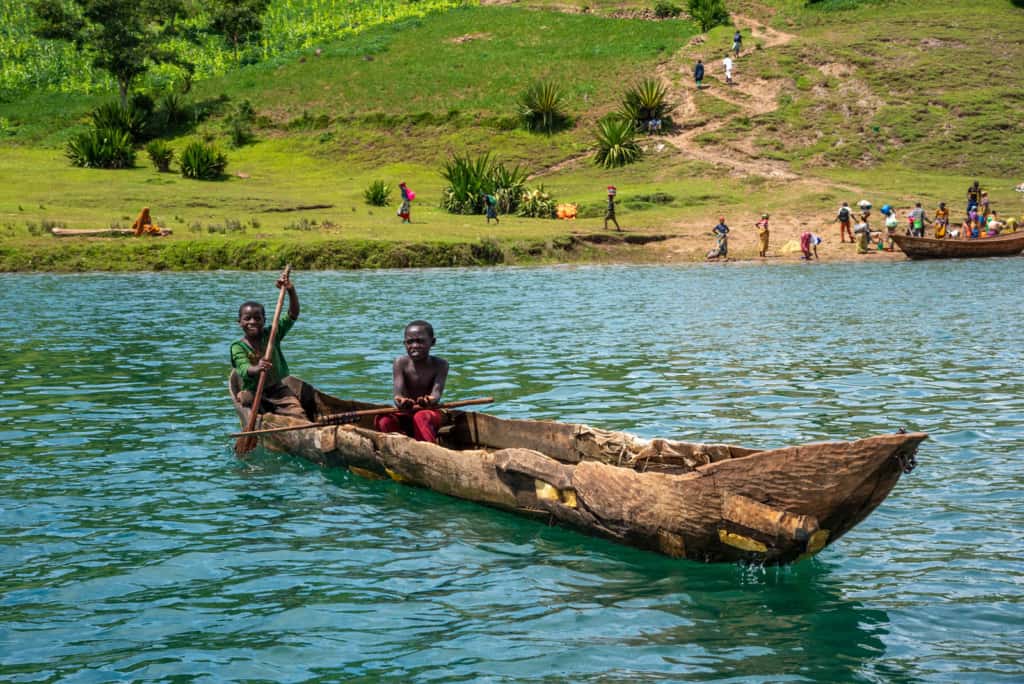
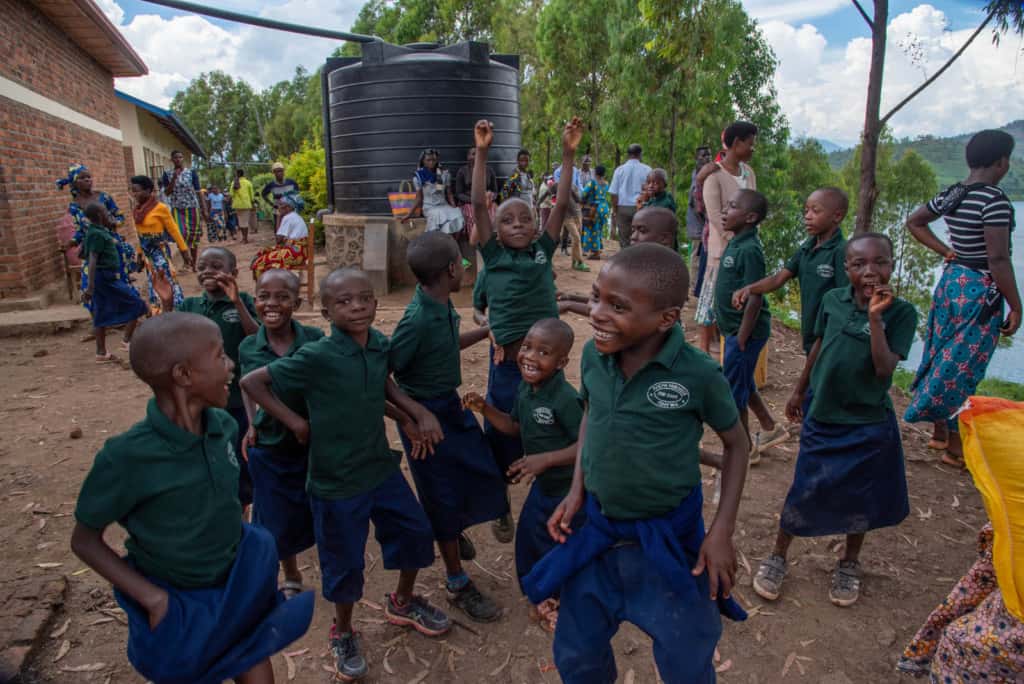
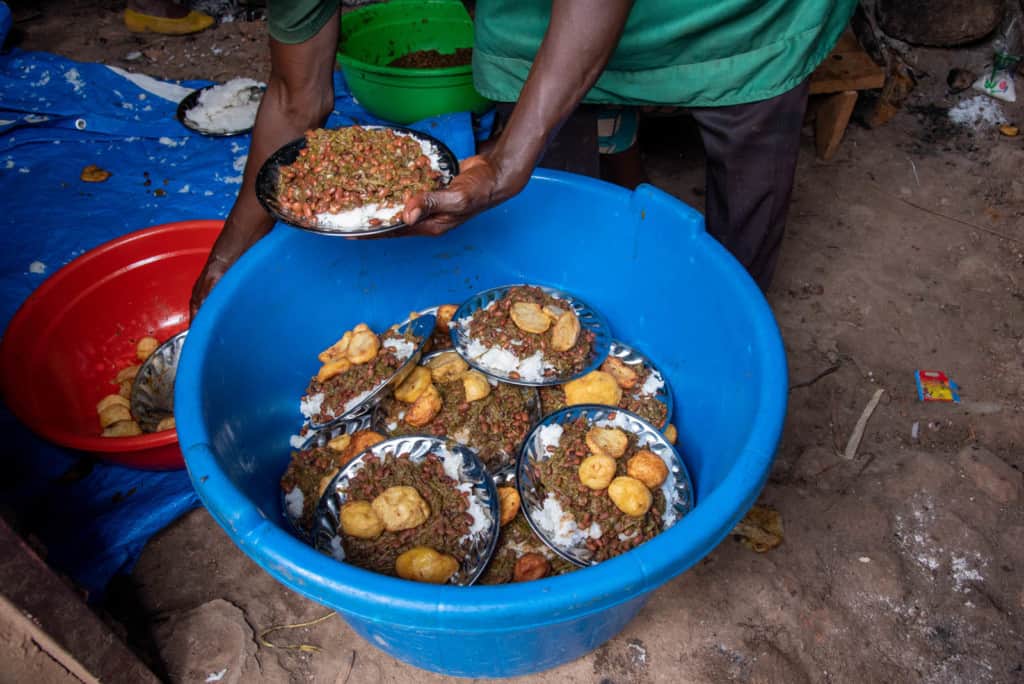
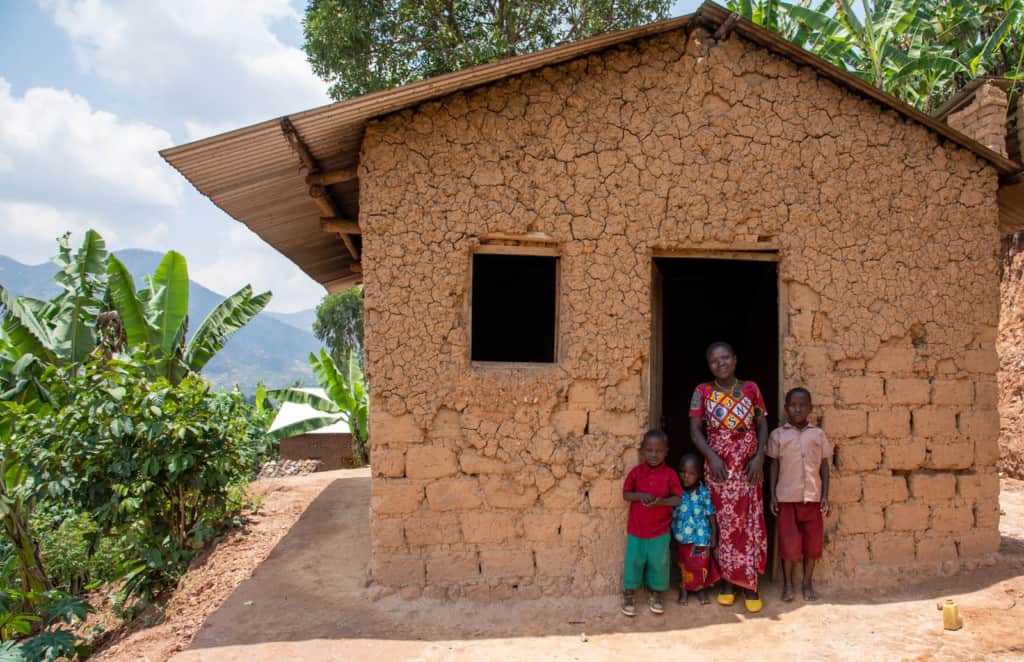
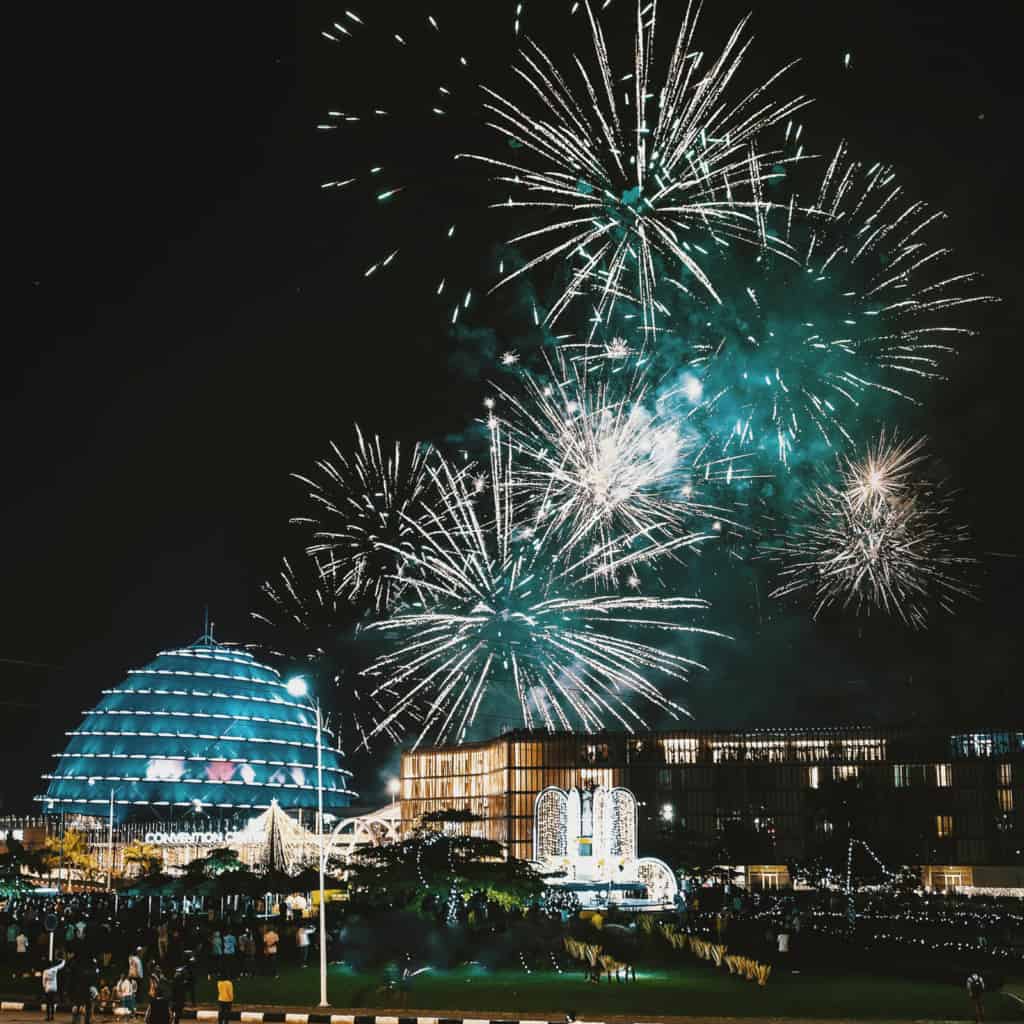
Do you want to keep learning about the beautiful country of Rwanda?
Facts About Compassion and Rwanda ›
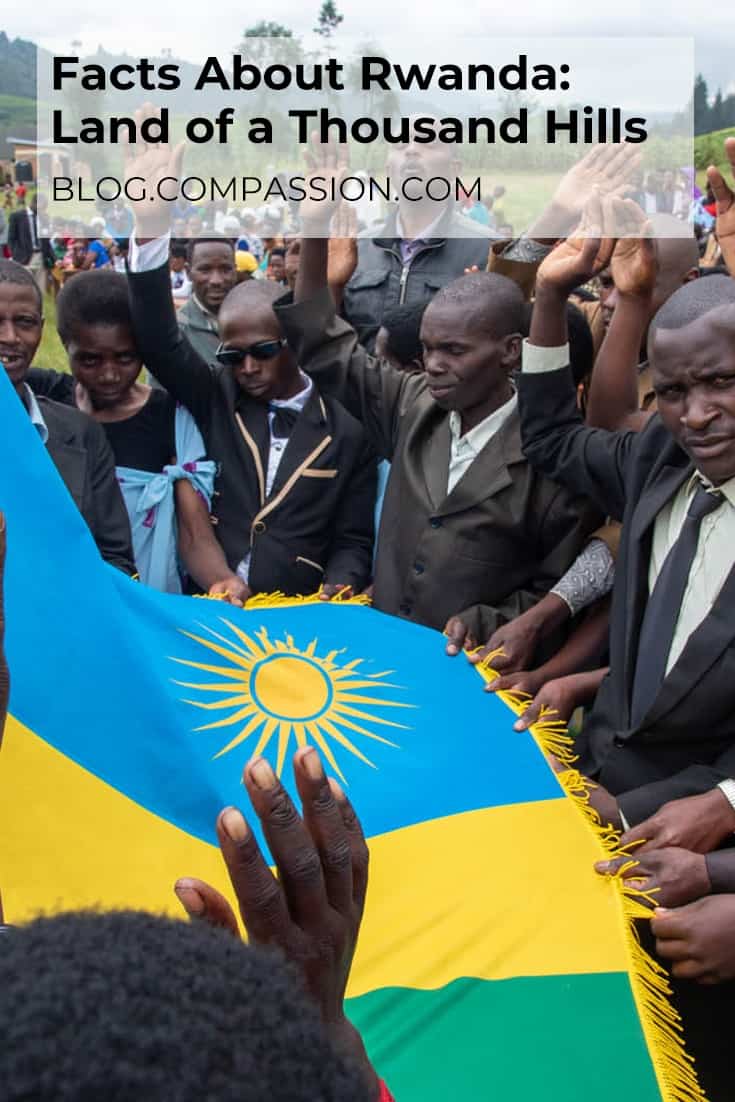
Each week on the blog, we’re posting an article of facts about a different country where sponsored children live. Keep an eye out for the countries that interest you the most!

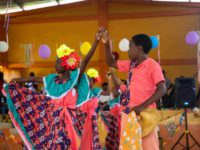
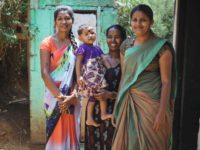
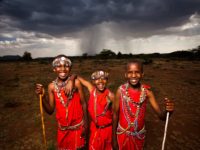



21 Comments |Add a comment
Thank you so much for this article. It’s really can help the ones who don’t know Rwanda to get many information. But a little correction as a Rwandan who was born and live in Rwanda, there is no tribes in Rwanda. About these three tribes you mentioned, they were the ancestors social classes based on the properties one owned which was measured in number of cows. Not only the number of cows, but also based on the social activity one does for life. According to this, one could shift from one class to another. For example the King would gift a cattle of cows to a farmer who was a Hutu and for having cows he will be a Tutsi because he will now keep cows than cultivate. So after these classes were made tribes in 1990 by the colonialists, Rwandans were blinded and fall apart leading to the 1994 Genocide against the Tutsi. On 4th July 1994 RPF stopped the Genocide and reunited Rwandans. From then we knew that our similarities and bond were greater than just the social classes then we agreed to live together as Rwandans no tribes no differences but only one love and
patriotism.
Thank you for the informative article. It really helps me to better visualize and understand their county.
Thank you for the wonderfully informative Rwanda blog. We have sponsored the young lady, Igiraneza (age 19) for several years and we also have another Compassion child in Ethiopia. It is probably just as well that you did mention the genocide of 1994 but it must still loom large in many Rwandan’s minds. Could you please help me to understand the proper pronunciation of Igiraneza? One more question, could you answer the question, how many Rwandan families have a father in the home?
Hello Gerald! Thank you so much for the difference you’re making in Igiraneza and Firenesh’s lives! Please understand that I am by no means an expert in Kinyarwandan, the official language of Rwanda, nor am I an expert in their pronunciations. That being said, in some conversations I’ve had with some friends from different areas of Africa, there seems to be a common vowel pronunciation that is very similar to Spanish vowels. Instead of the English “a, e, i, o, u” pronunciations, they sound more like “ah, eh, ee, oh, oo”. I hope this helps when trying to say your sweet girl’s name! Phonetically, you may say her name like “Eee-gee-rah-neh-zah”.
As for statistics regarding how many families there are with fathers in Rwanda, regrettably, our organization does not collect and analyze data like this. I recommend researching this topic through other reputable organizations. We appreciate your eager interest in your children’s lives and their countries! God bless you!
Thank you for this blog about Rwanda. So very helpful and I learned so much from reading this. The photos are beautiful and help learn about the country as well.
Thank you for the blog about Rwanda. It seems like a charming place. Lord willing, perhaps someday we will visit the land of our sweet new friend.
Thank you for the blog. It is nice to visualize where the children we sponsor live and what daily life is like. It helps the connection. Thanks Judy
We sponsor a child named James in Rwanda. One of our best things to do as a family yet! Incredibly spiritual and intellectual, while still being fun and interactive! I highly recommend sponsoring a child today and learning who they are! Very fun to do!
Thank you so much for the blog. Beautiful photos and update of the country. I would love to visit one day.
Glad to be a blessing to our compassion child. God bless you!!!
Raul and Juanetta Wallace
I learned so much reading this. Really enjoyed the photos too!
I just loved seeing the pictures of Rwanda. It is SO green! And the clothing is SO colorful. It all looks very beautiful! It is very HELPFUL in feeling a lot closer to “my child” that I support by way of seeing what his life and surroundings are like. Thank you very much.
I was also one of the sponsors that was going to tour Rwanda this past August. I was very disappointed when the trip was cancelled, but I completely understand why it was. I enjoyed seeing this collection of photos and reading about the people of Rwanda. It’s not the same as actually visiting, of course, but better than nothing. I have signed up to receive notification when trips are being planned again and look forward to getting in on a tour!
Thanks so much for this, I love the pictures it’s not at all what I had imagined.
My first experience with compassion ministry. Happy to help and nice to see a glimpse of the country. We have been blessed with so much. Not money and possessions, but just knowing God is sooooo good.
This was very interesting and informative. Thank you for putting it together.
I planned to visit my sponsored young man this past August but COVID made that impossible. I hope to go on the next trip but am a little concerned about how hard it will be physically. I am a very healthy and active 70 yr old. Can you offer any guidance about the difficulty of making this trip?
Hello Pam! We sincerely hope you get to visit your sponsored young man soon. Currently, all trips are put on hold, but you are welcome to enter your information on our website for updates here: https://forms.compassion.com/standardtrips/ . In the past, we have had a sponsor attend at the age of 90, and you are welcome to disclose any medical information to your trips and visits lead before the trip as well. A person of your health and activity level would do well on one of our trips. ? If the Group Trip option is not your preference, you can also plan a Custom Visit as well. To find more information on Group Trips and Custom Visits, you may visit our website here: https://www.compassion.com/get-involved/customvisits-faq.htm and https://www.compassion.com/get-involved/trips-faq.htm#faq-top . If you have any other questions, you may email us at [email protected]. God bless you!
We meet our three Compassion children in 2019 and Rwanda is one of the most beautiful places on earth! The culture, the people, and landscape are amazing!!!! I dream of the time I am blessed enough to go again!
Wonderful blog. Thanks for the beautiful picture.
Thank you. A very interesting people and beautiful country.
Wayne Chute
I was lucky enough to go on the Compassion trip to Rwanda in 2019 and I fell in love with the country. The mix of blue sky, red dirt, and green hills are part of the natural beauty, but the kindness and compassion of the people are what make it truly beautiful. I left Rwanda filled with so much joy! I am anxiously awaiting the day when I can return and hug all of my kids and the Compassion staff again!